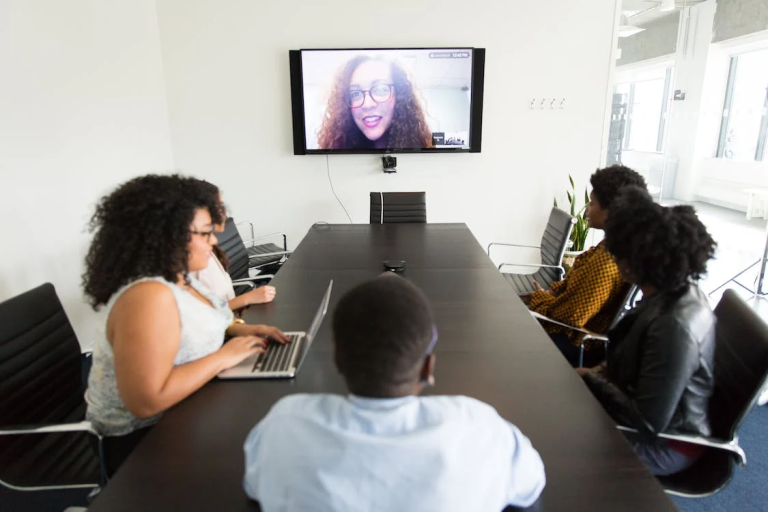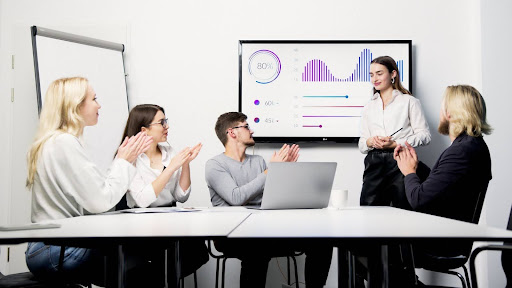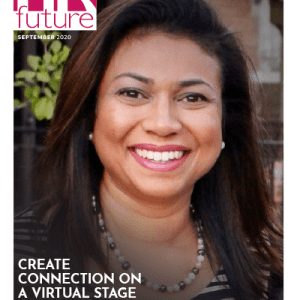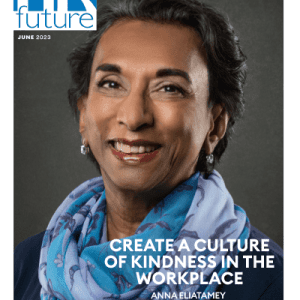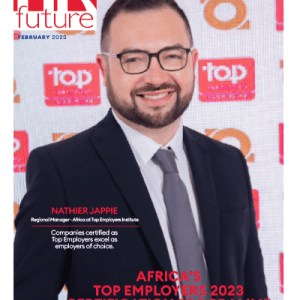Do you know how much of their income Millennials are advised to save if they want to retire at 65? It used to be 15% but has leapt up dramatically to 40%. Given that savings have never exceeded 13% of income since 1960, I’m betting very few people will reach the 40% savings ideal.
Even today’s older generations who’ve been saving for retirement all their lives are having to downgrade their living standards.
The problem is that we’re living longer, healthier lives. But is that a problem? On the contrary, being healthier means that we can keep being productive way past 65, generating the income we need to see us into the longer lifespans we now take for granted. All it takes is an ongoing investment in new skills to fit into the new workplace.
And the new workplace? It’s the business that has mastered the art of what I call change-ready adaptability. This is a business marked by three qualities: it’s powered by up to date technology, it democratises learning as a core competency for all workers, and it is able to staff projects with a combination of internal and external talent.
The World Economic Forum has coined a phrase I love because it’s so visual: liquid workforce. You can see it, can’t you: individuals who morph to match the changing environments and teams they find themselves in.
As part of the liquid workforce, employees are expected to move seamlessly between projects and roles. And all they’ll take with them to each new opportunity is a rating of performance in previous roles.
For the first time, regardless of age and profession, all generations will find their skills becoming obsolete quickly, hence the need for lifelong learning. In fact, tenacity is rated by many as the most important skill in the modern workplace, and how people learn is more interesting than ever.
My 25-year-old daughter is a typical Generation Z (late 1990s – 2010s) who makes her living by balancing a number of different roles including running her own pilates business. When she is faced with a task that she is not skilled at, she micro learns, going online to a platform like 21Mill or YouTube. After a 2-15 minute burst of learning, she’s ready to launch herself into something new, just as she needs the skill.
This short and sweet way of learning suits the shorter concentration span of the younger generations, and those who, like my daughter, got their first phones in primary school and don’t know life without the internet.
Another way of learning is through mentors, which is particularly important for a multigenerational workforce where mutual respect needs to be built. Each generation has to see that it has much to learn from the others, and mentorship plays a key role in cultivating positive attitudes. Two-way mentorship maximises productivity and highlights reverse mentoring, where the younger generations share skills with the older, addressing the fast pace of technology in business.
Baby Boomers (1946 -1964) and Gen X (1965 – 1979) need to bring their listening skills, patience and tolerance to interactions with Gen Z and Millennials (1980 – late 1990s), and they need to cultivate humility to cope with the outspoken and opinionated younger generations who can come across as disrespectful and arrogant. Gen Z and Millennials, in turn, need to learn the limits of technology; for instance the value of building trust and long-term business relationships, accuracy, loyalty, and perspective.
The key is for each generation to understand that they all want the same things: challenging, meaningful work; opportunities for development and advancement; support to successfully integrate work and personal life, and fair treatment and competitive compensation.
For managers, getting the most out of each generation and blending their skills and attitudes requires unprecedented levels of orchestration. Yes it’s a challenge, but it’s also an opportunity provided that common sense and mutual respect prevail.
Baby Boomers and Gen X were born in an analogue world, hence being less technologically adept. They expected to work for one company their entire lives, fitting into a command and control style of management. They were formally educated and promoted slowly and in an orderly way. Many of the women grew up with limited expectations of themselves and their employers.
These older generations are a necessary clam and steadying force in a world that changes with alarming speed, and their ability to stick at things counteracts the very short attention and concentration spans of the younger generations.
In 2020 Millennials and Gen Z will make up 59% of the workforce, according to Boston Consulting Group. They care more about the future of the planet than previous generations do. They choose to work for employers whose products and services follow sustainable practices and are interested in things like climate change, water and food security. They bike to work or drive electric cars that they don’t own.
Many Millennials and Gen Zs won’t work in corporates because they don’t like strictly defined organisation structures, jobs and organisational boundaries. However, that doesn’t mean they won’t work for corporates. Just like the older generations, they need jobs and they do have ambitions.
Organisations that will succeed in the future are those that are open to a more flexible, transient workforce, maximising productivity by having multiple generations in the workplace simultaneously.
Martin Pienaar is the COO at Mindworx Consulting.








